What is the UK National Flower? Discover Its Charm and Heritage
When you think about the United Kingdom, many things might come to mind: royalty, history, and iconic landmarks. But did you know that the country also has a beautiful floral symbol? The national flower of the UK is the rose, often representing love, beauty, and heritage. This flower has a rich connection to the country’s history and is a beloved emblem across the nation.
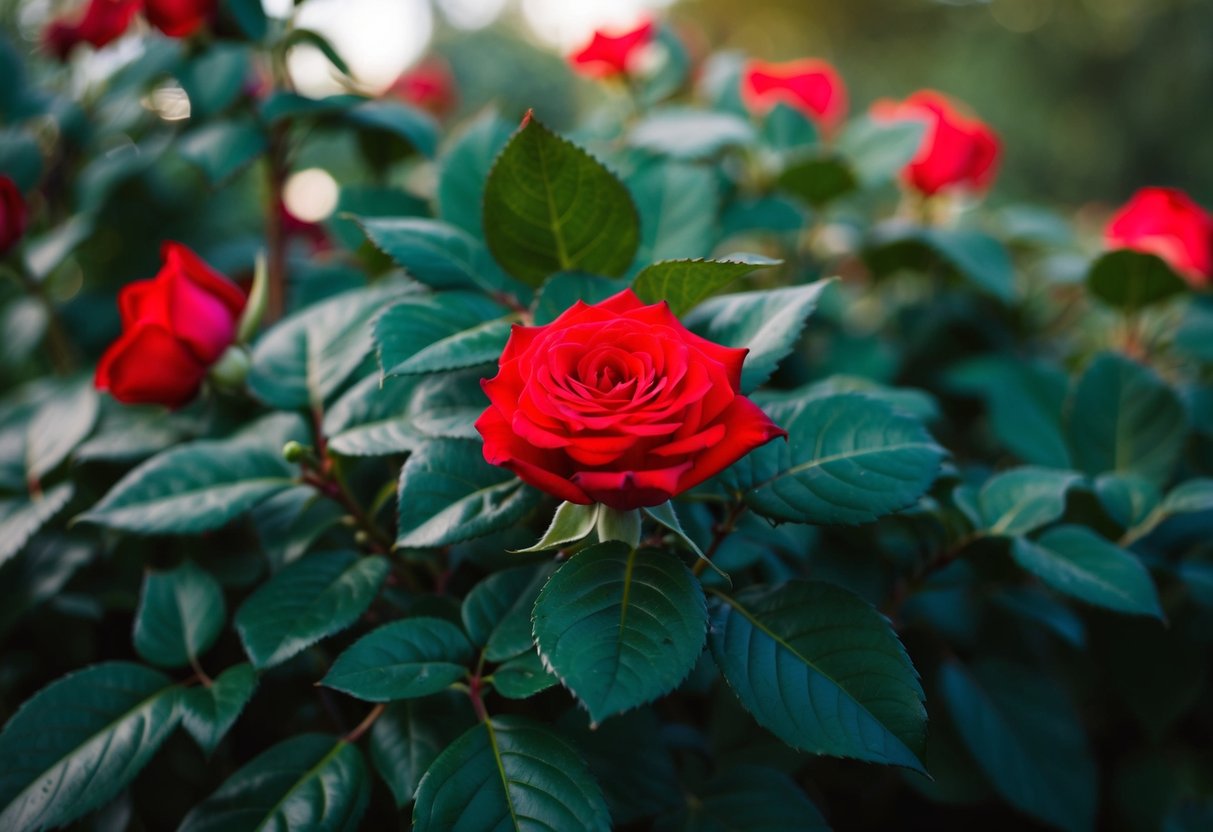
The rose isn’t just any flower in England; it’s tied deeply to the country’s past. Specifically, the Tudor Rose symbolizes the historic unification of the warring factions, the Houses of Lancaster and York, during the Wars of the Roses. The red rose signifies the House of Lancaster, and the white rose represents the House of York. This makes the rose not just a flower but a symbol of peace and unity. To see this symbol in everyday life, you might notice its presence in logos and crests throughout the UK.
Besides England, other parts of the United Kingdom have their own floral icons, highlighting the region’s diversity. Scotland is represented by the thistle, Wales by the daffodil, and Northern Ireland by the shamrock. Each flower tells a unique story about the cultural heritage and identity of these areas. Exploring these symbols offers a window into the rich tapestry of traditions that make up the UK.
The Rose as England’s National Flower

The rose holds a special place in English heritage, representing both historical events and deep-rooted symbolism. In England, this flower is more than just a pretty bloom; it carries stories from the past and serves as a symbol of unity and identity.
Historical Significance
The rose has a rich history in England, particularly during a time known as the Wars of the Roses. This series of civil wars took place between the House of Lancaster and the House of York, with both factions using the rose as their emblem. The House of Lancaster was symbolized by a red rose, while the House of York was represented by a white rose.
The conflict ended with the unification of these families under the Tudor dynasty. Henry VII married Elizabeth of York, joining the two houses. This union gave rise to the Tudor rose, a combination of the red and white roses. The Tudor rose is not just a historical emblem; it also appears in the Royal coat of arms and English heraldry, symbolizing peace and unity.
Symbolism of the Rose
The rose is often seen as a symbol of love and beauty. In England, it also represents unity and peace, especially after the tumultuous period of the Wars of the Roses. The Tudor rose became a prominent symbol, linking the past with the present and reminding people of the unity achieved.
As England’s national flower, the rose is intertwined with the nation’s identity. It appears in literature, art, and cultural expressions. This connection extends beyond the past into modern times, as it continues to be celebrated and cherished throughout the country. Whether it’s the elegant red of the Lancaster rose or the serene white of the York rose, these blooms hold a deep significance for those who call England home.
Floral Emblems of the UK’s Constituent Countries
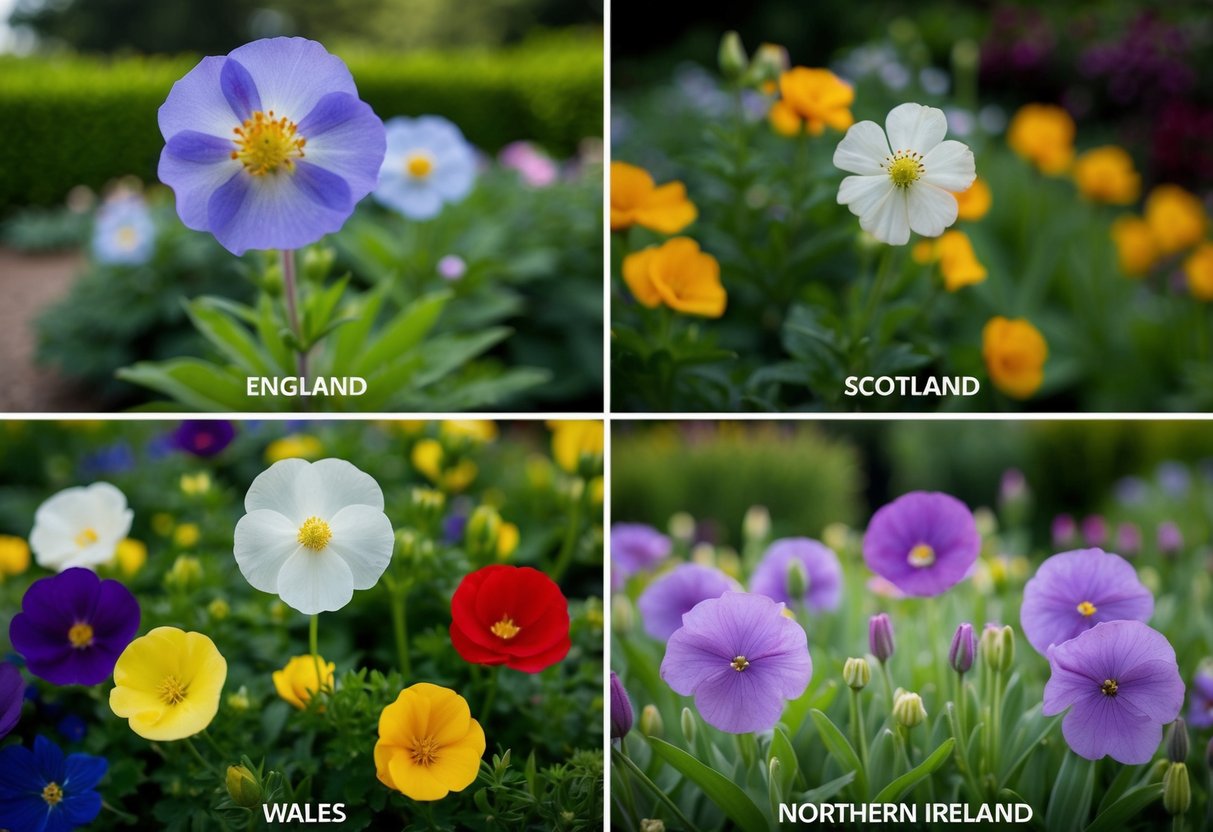
Each part of the United Kingdom has a unique national flower that is deeply tied to its heritage and culture. These flowers symbolize history, religion, and identity, connecting people to their past and to each other.
Scotland’s Thistle
The thistle is a cherished symbol of Scotland, often seen in its coat of arms and other emblems. This prickly purple flower represents strength and resilience. You might recognize it from the legend where a thistle’s sharp spines saved Scotland from invaders by alerting sleeping soldiers.
It’s more than a plant; it’s a piece of Scottish identity. You can often see the thistle depicted in Scottish art and architecture. It’s also featured in the badges and logos of various Scottish institutions. Its importance as a national symbol reflects the pride and determination of the Scottish people.
Wales’ Daffodil and Leek
Wales celebrates two floral emblems: the daffodil and the leek. The daffodil blooms in spring and is linked to St. David’s Day, honoring the patron saint of Wales. This bright, cheerful flower mirrors the spirit and culture of Wales.
The leek has an even older association, tied to St. David’s belief in its protective properties. During battles, Welsh soldiers wore leeks for identification. Today, the leek still serves as a symbol of national pride and is often worn on St. David’s Day alongside the daffodil.
These two plants embody Welsh tradition and spirit, appearing in the royal arms and national symbols of Wales.
Northern Ireland’s Shamrock and Flax Flower
Northern Ireland’s floral emblems are the shamrock and the flax flower. The shamrock, a three-leaved plant, is linked with St. Patrick and the Holy Trinity. It’s a well-known symbol of Ireland’s identity and tradition.
The flax flower represents another side of Irish heritage, linked to the linen industry that was vital to the region. While less known than the shamrock, the flax flower also symbolizes economic heritage and craftsmanship.
Both emblems capture the essence of Northern Ireland’s history and culture. You can often see these symbols used in celebrations, artwork, and decorative elements across the region.
Roses in Cultural Representations and Symbolism
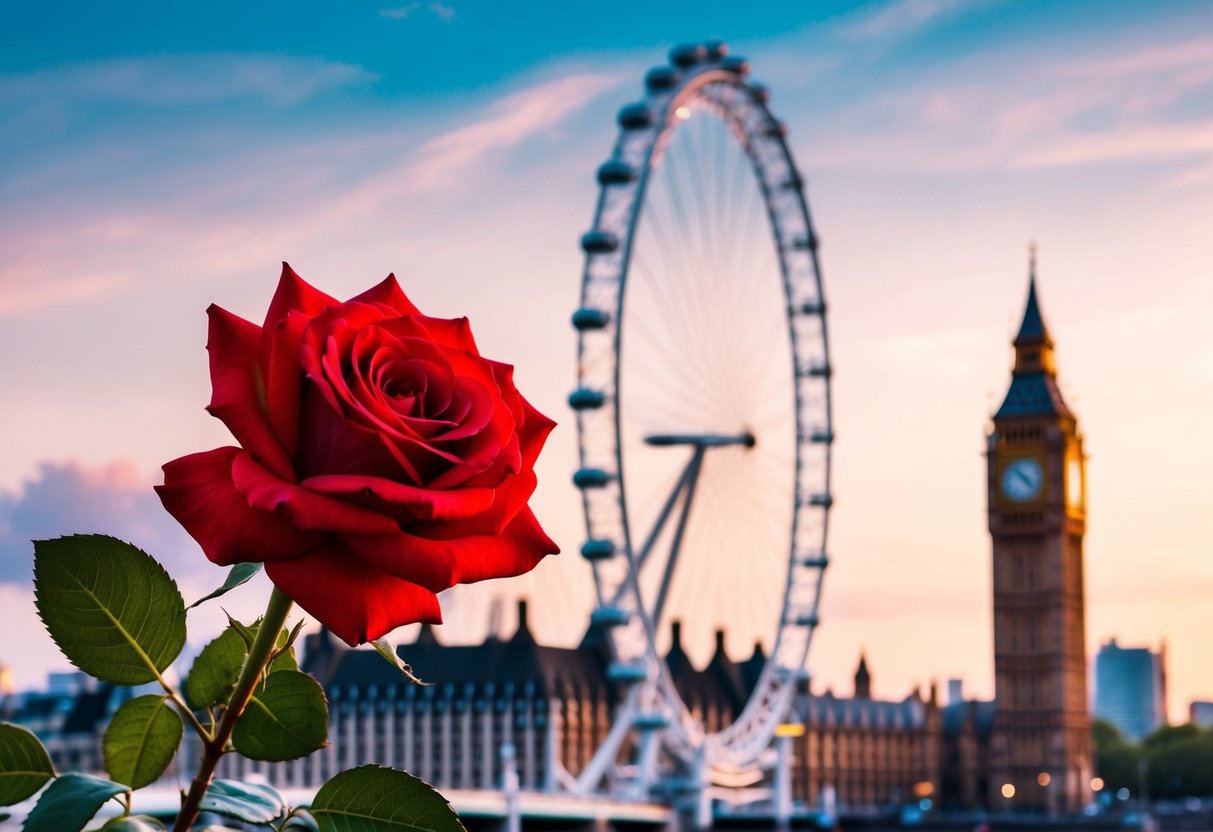
Roses have long served as powerful symbols in various forms of cultural expression. Their rich history in literature and art, along with their use in modern heraldry and media, highlights their connection to themes of love, beauty, and national identity.
Literature and Art
Roses often appear in literature and art as symbols of love and beauty. Authors and poets have used them to convey deep emotions and complex ideas. In works like Shakespeare’s plays, the English rose represents grace and beauty. You might also find them in romantic poetry, symbolizing enduring love and hope.
Artists have used roses to balance aesthetic qualities with symbolic meaning. This dual purpose enriches paintings, making them a focal point in many classical works. The rose’s vivid colors and intricate petals capture visual attention while also signifying deeper themes like passion or purity, making them an essential part of historical and modern art narratives.
Modern Heraldry and Media
In heraldry, roses symbolize both unity and identity, especially in England. The Tudor rose is prominent in royal emblems and coats of arms, symbolizing the end of conflicts and the start of a peaceful era. This historic emblem holds a vibrant spot in the National symbols of England.
Today, roses continue to appear in media and branding, representing qualities such as resilience and optimism. They are used in logos, advertisements, and films to convey ideals of beauty and strength. These modern interpretations keep the rose’s symbolic legacy alive, linking past traditions with contemporary cultural narratives.
Annual Celebrations and Royal Symbolism
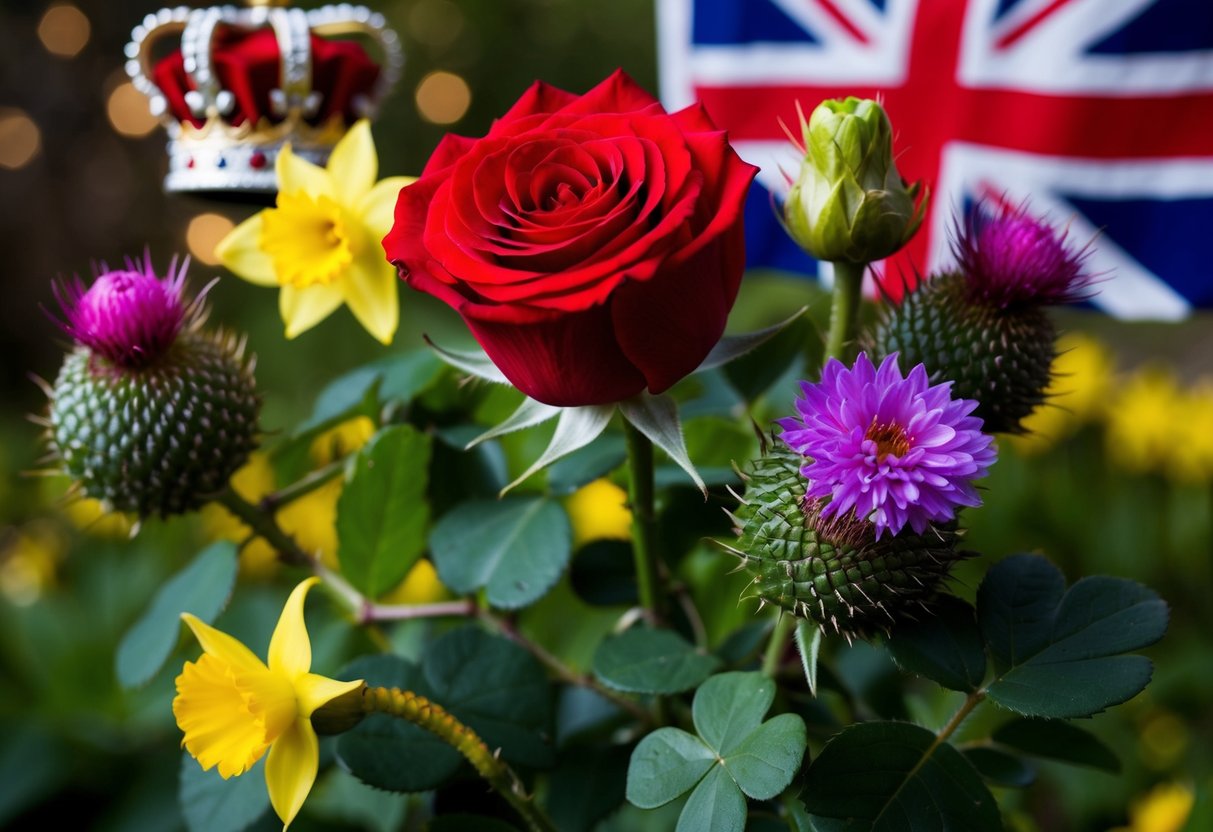
The Tudor rose, England’s national flower, holds a special place in celebrations and royal traditions. This section explores its role in annual events and significant royal ceremonies.
St. George’s Day and the Rose
St. George’s Day, celebrated on April 23, is a day when the rose takes center stage. As you join the festivities, you’ll notice the rose of England symbolizing the victory of St. George, the patron saint. His legendary battle with a dragon makes this day exciting, and the rose represents bravery and valor.
You might see people wearing red roses as a tribute. The rose, often seen in connection with St. George, is not just a flower. It stands as a national emblem, also featured on 20p coins. When you celebrate, think of the rich heritage and how the rose connects the past with the present. The English oak, the national tree of England, might also cross your mind, complementing the rose in national pride.
Royal Ceremonies
The rose holds deep significance in royal ceremonies. During your visit to places like Westminster Abbey, look for the Tudor rose in architectural designs. It symbolizes the union between the House of Lancaster and the House of York, thanks to Henry VII’s marriage to Elizabeth of York. This union marked the end of conflicts like those between Richard III and Edward IV.
Royal arms of England often incorporate the Tudor rose as a sign of rebirth and unity. You may be reminded of ceremonies involving royalty like Elizabeth I or Henry VIII, where the rose signifies strength and continuity. As you witness these grand events, the rose continues to represent royalty’s enduring legacy.
The Role of Flowers in UK National Identity
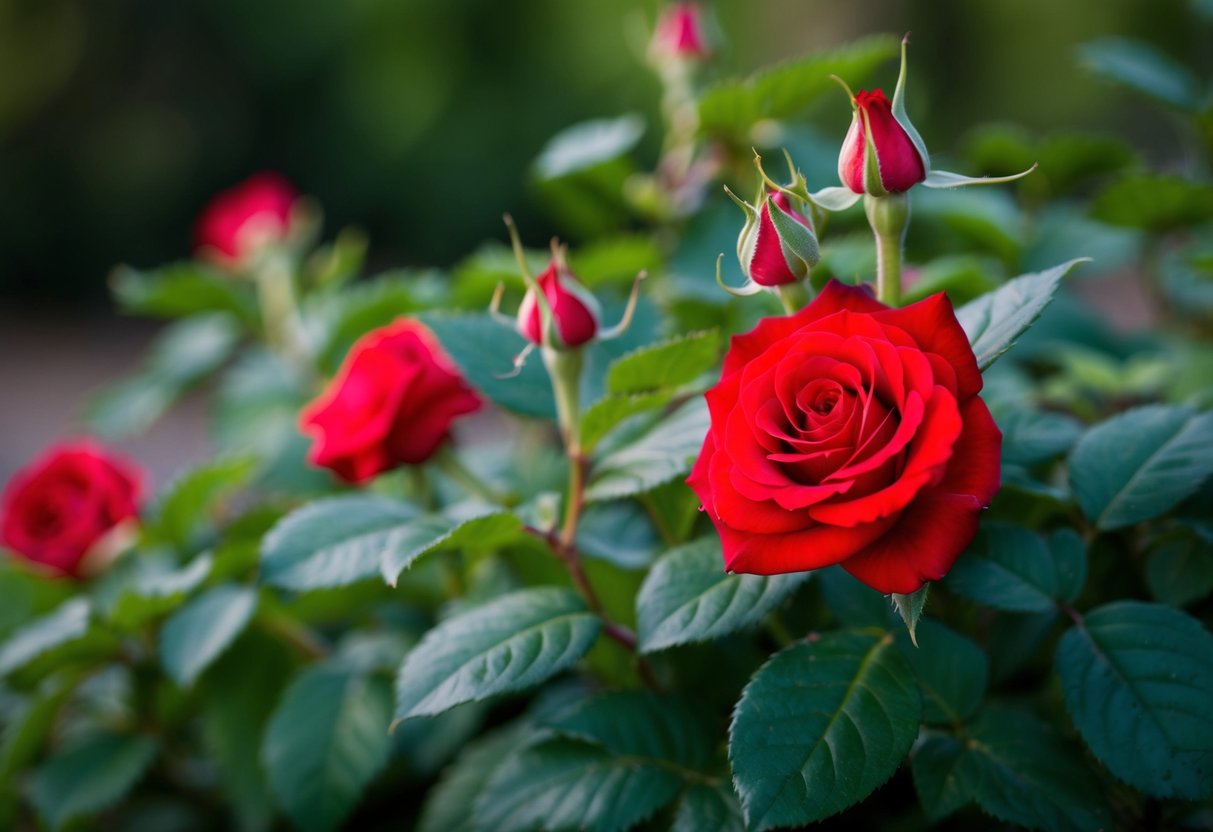
Flowers play a big role in UK’s national identity. Each country within the United Kingdom has its own floral emblem that reflects its unique history and heritage.
England is symbolized by the Tudor rose, which represents peace and unity after the War of the Roses. It appears in English heraldry and the Royal Coat of Arms.
Scotland is represented by the thistle. This emblem dates back to the reign of James VI of Scotland, adding an important element to Scottish identity.
Wales has the leek, a symbol linked with their patron saint, St. David. This plant appears in various cultural celebrations throughout Wales.
Northern Ireland is symbolized by the shamrock, connected with St. Patrick. This emblem is widely recognized and celebrated during cultural events.
The use of flowers as national emblems highlights the rich British heritage and diverse cultural identity within the UK. These floral symbols are not just decorations but are intertwined with history. They help form the national identity of each country and are part of symbols of the United Kingdom like Britannia.







